Make your own constellation in this fun activity, found in the Space Science unit from The Good and the Beautiful! Here’s an inside look at our easy-to-teach, family-style, and much-loved homeschool Space Science course!
Space Science
- Beautifully illustrated,
wire-bound course book - Student journals
(2 levels: grades 3–6
and grades 7–8) - Engaging activities
- Original videos
- Easy to teach
- Fun to do!
What Is a Constellation?
People in ancient civilizations studied the stars and remembered them by mentally connecting them to form pictures and by telling stories related to those pictures. These star pictures are called constellations. Many of the names we use today are based on Greek mythology, but other cultures worldwide had their own names and stories for the stars they saw in the sky.
Download the free printable and make your own marshmallow constellations! Then keep reading to learn more about the history of constellations.
Marshmallow Big Dipper
(and other constellations)
Materials Needed:
- Marshmallows or small balls of play dough
- Toothpicks
Directions: Make a Big Dipper model using 7 toothpicks and 7 marshmallows by following the example.
Pictures in the Sky
Greek astronomer Ptolemy listed 48 ancient constellations. In 1922, scientists added 40 more for a total of 88 constellations.
Throughout history the stars have been very useful to people. The two most helpful constellations are Ursa Major (known as the Big Dipper in America or the Plough in the United Kingdom) in the Northern Hemisphere and Crux (the Southern Cross) in the Southern Hemisphere. Ursa Major points to the North Star, while Crux points to the South Pole.
Farmers in the Northern Hemisphere used constellations to follow the seasons to know when to plant and harvest crops. Ship captains used them to navigate the open waters.
Seasonal Charts by Hemisphere
Look at the seasonal constellation charts below. Some constellations can be seen year-round, while some are seen seasonally.
Learn More
In Lesson 3 of our Space Science unit, students learn more about constellations. The interactive portion of this lesson includes two fun and easy activities. The first shows how to make your own constellations, and the other teaches students how to make a homemade telescope! Start one of them now, though, with this simple space activity from The Good and the Beautiful.
Make more marshmallow constellations
using our FREE Constellation PDF download.
Ready for takeoff? Click here to purchase our Space Science unit. Add one course book for the family and an age-appropriate Student Journal for each student—either grades 3–6 or grades 7–8. Children younger than third grade enjoy learning right alongside their older siblings!
Visit our Science main page to see all the other amazing units available: Mammals, Geology, Botany, and so many more! Finally, make sure to subscribe to our email list to receive all notifications and news from The Good and the Beautiful.
You may also like . . .

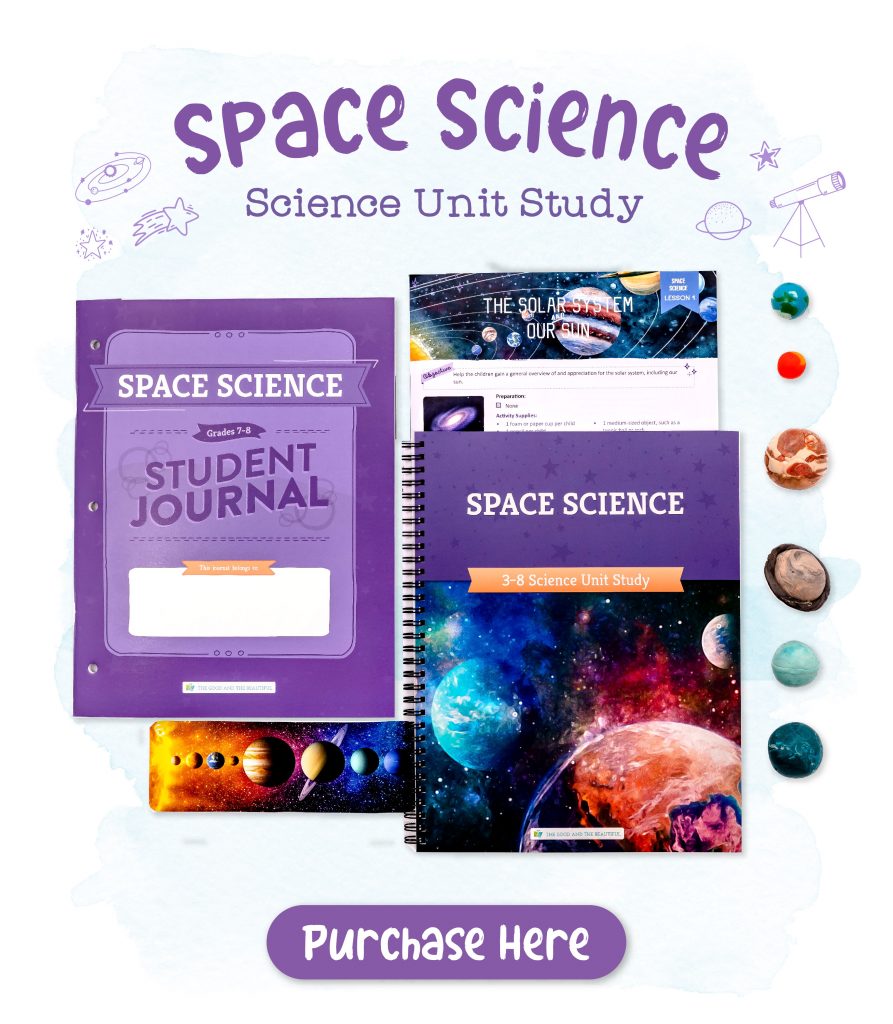





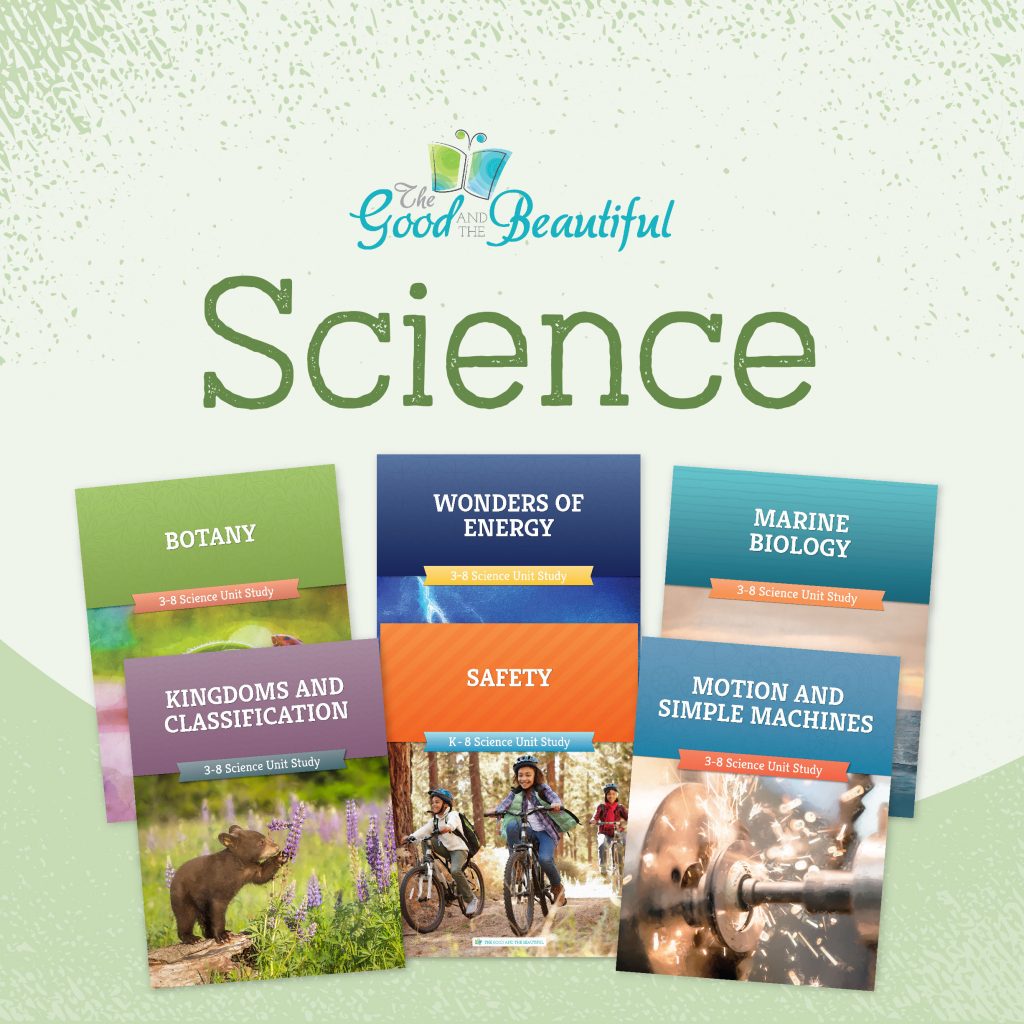

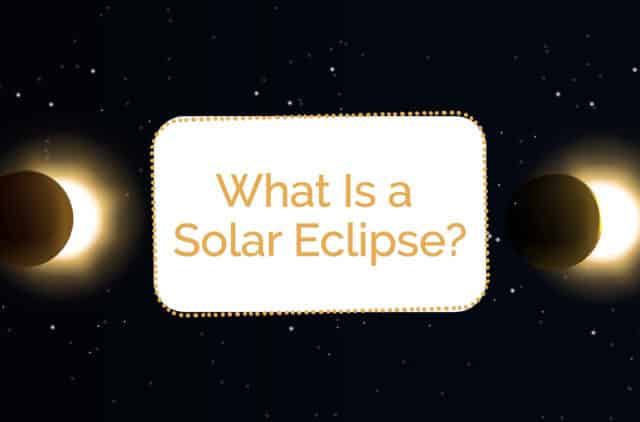



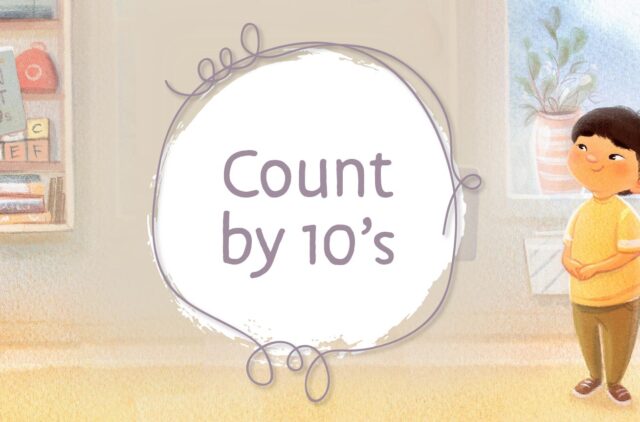
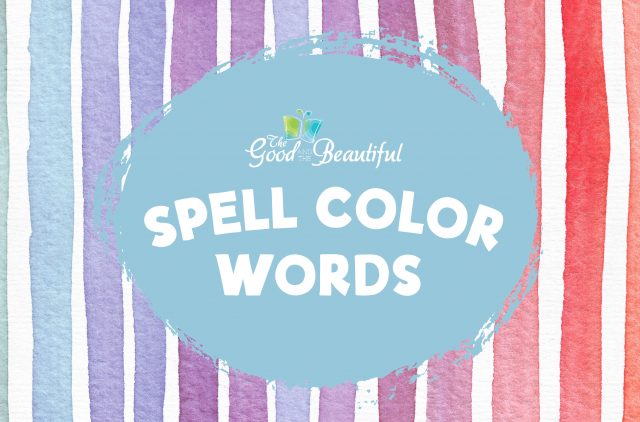




Comments
Hello. This is awesome, I have many of your units and this one would be a welcome addition. How do I get the free pdf?
Thanks
This is awesome! Can’t wait!
We are currently on the last lesson of Space Science and all my kids have really enjoyed learning and doing the projects. Wonderful curriculum! My 3 year old is totally into all things space because of The Good and The Beautiful!! THANK YOU!
My Pre-Ker LOVES space so much. She knows all of the planets AND dwarf planets. This constellation course will do her wonders! Thank you!
I love it